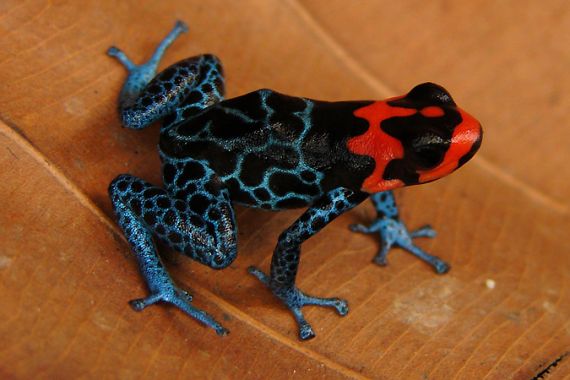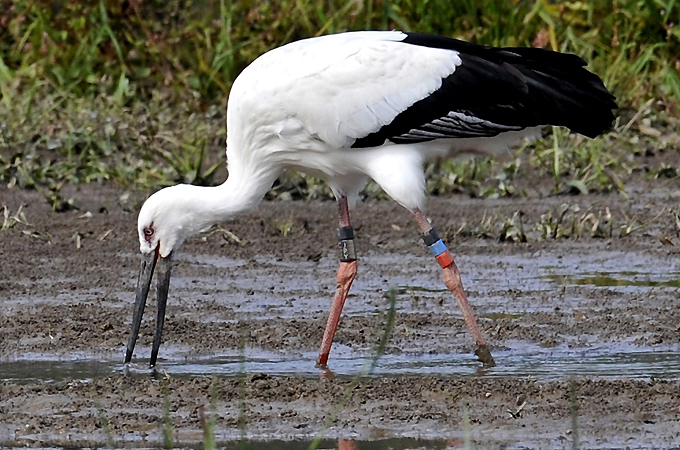Japan vows $2bn to save ecosystems
PM pledges funds at UN summit to help developing countries protect biodiversity amid rising numbers of extinct species.

 |
|
A scientific study found that 50 species of mammals, birds and amphibians move closer to extinction each year [AFP] |
Japan will provide two billion dollars over three years to help developing countries save their ecosystems, the country’s prime minister has announced.
Naoto Kan made the pledge at a UN biodiversity summit in the central Japanese city of Nagoya on Wednesday.
Keep reading
list of 4 itemsEnergy summit seeks to curb cooking habits that kill millions every year
Thousands evacuate as wildfire grows ‘dramatically’ in western Canada
Guardians of the glaciers – life alongside Pakistan’s vanishing ice
“We will launch a ‘life in harmony initiative’ to support developing countries’ efforts to compile and update their national strategies and implement them,” he said.
Kan was addressing delegates from more than 190 countries, who were gathered to map out a strategy to save the world’s plant and animal species from extinction.
The 12-day event is due to end on Friday with the UN aiming for a 10-year strategy that would set targets for protecting ecosystems and ending the loss of biodiversity that scientists say is threatening humans’ lives.
Developing countries have insisted throughout the summit that, for a deal to be reached, rich nations must commit to financially helping them save their rainforests, waterways and other ecosystems.
The financing issue has been one of the major differences between rich and poor nations that could prevent a meaningful deal being reached by Friday.
The focus of the global environment talks is a major study that found that about a fifth of the world’s vertebrates are threatened with extinction.
The study by more than 170 scientists used data for 25,000 species from the International Union for Conservation of Nature’s [IUCN] red list of threatened species and examined the status of the world’s mammals, birds, amphibians, reptiles and fishes.
Tougher targets
The authors found, on average, 50 species of mammals, birds and amphibians move closer to extinction each year because of expansion of farms and plantations, logging and over-hunting. Another factor was competition from other species, particularly those introduced from other areas.
The study, published in the journal Science, also found that conservation efforts had curbed the overall rate of loss. It highlighted 64 mammal, bird and amphibian species that have improved in status, including three species that were extinct in the wild and have been re-introduced: the California Condor, the black-footed ferret in the United States and Przewalski’s horse in Mongolia.
The United Nations says leaders in Nagoya need to agree tougher targets to save forests, reefs, rivers and wetlands that underpin livelihoods and economies. Preserving the richness of species is vital to ecosystems and the services they provide, such as clean water, fisheries and pollination of crops.
“This is clear evidence for why we absolutely must emerge from Nagoya with a strategic plan of action to direct our efforts for biodiversity in the coming decade,” Julia Marton-Lefevre, director-general of IUCN, which groups governments, scientists and conservation groups, said.
A separate study published in Science said the world’s biological diversity would continue to decline this century, but the rate could be slowed with the right policy choices.
Paul Leadley, co-leader of the study, said doing nothing would lead to catastrophic biodiversity loss.
He said slowing climate change and deforestation could curb the loss of species, but this needed better policies to avoid large-scale conversion of forests for biofuel plantations.
The study said differences in policy action taken now could either lead to an increase in global forest cover of about 15 per cent in the best case or losses of more than 10 per cent in the worst case by 2030.